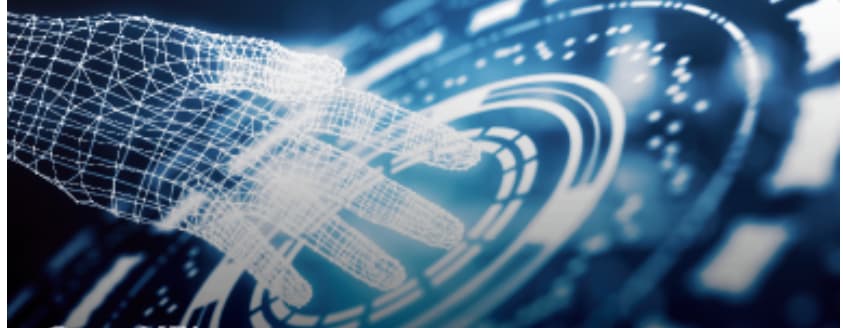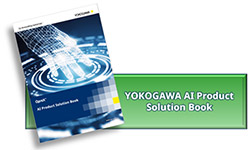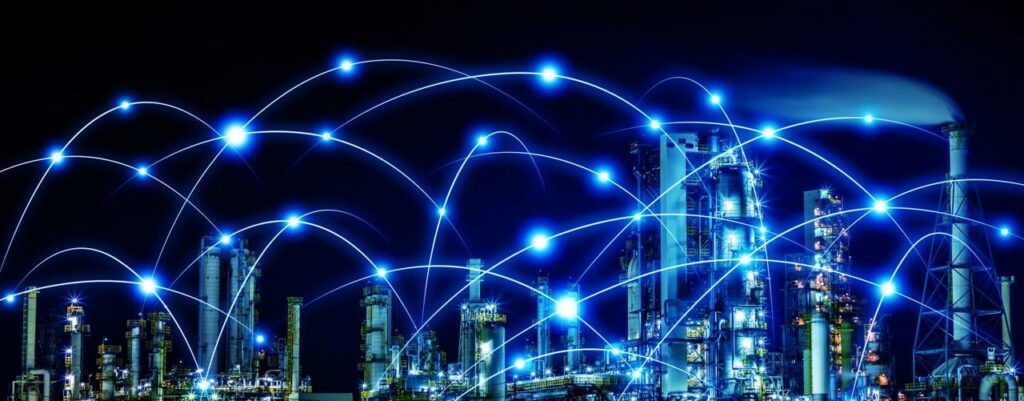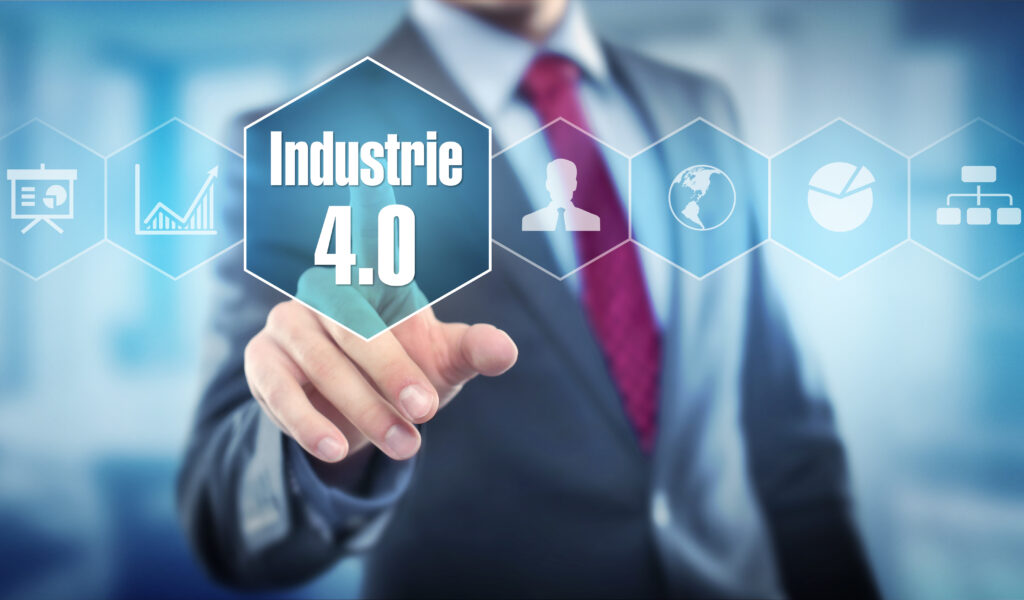Artificial intelligence (AI) empowers the Sushi Sensor
You might have heard a lot about Artificial Intelligence (AI). How does artificial intelligence look like in practice? Is your plant industry 4.0 ready? Based on IIoT and wide-area low-power networks (LPWA), we extended our Sushi Sensor product range within the OpreX™ family. The Sushi Sensor XS770A is a wireless temperature and vibration sensor that takes advantage of the LoRaWAN connection. LoRaWan is a young but very promising wireless technology. It was released in 2015, and it already has worldwide coverage and important partners.
Advantages of Sushi Sensor
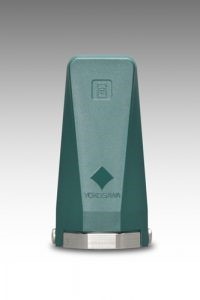
This device, in addition to allowing the coverage of large areas, can be easily placed wherever it is needed. Thanks to the double possibility of hooking: by screw fixing or magnetic attachment. Why you should make use of this solution is easy to tell. It guarantees a considerable saving in the monitoring of the plants. It is carrying out an automatic control activity of the devices (such as pumps, motors, …) which would otherwise be managed by specialized operators through periodic checks. The manual work by operators is much more expensive in terms of costs, resources, and time. Of course, it is also more prone to incidents as most incidents are caused by human errors.
Other benefits of this solution are
-
the remarkable environmental resistance (IP66 / 67, explosion-proof)
-
the long-lasting interchangeable batteries (up to 4 years with one scan per hour)
-
the ease of programming via Android application that uses technology NFC
-
the extended working temperature range, from -20 to 85 ° C.
Just think of the harsh and potentially hazardous areas of oil and gas platforms. Shouldn’t you try to keep the safety risks as low as possible?
Artificial Intelligence was developed with the goal to replicate the cognitive aspects of the human brain. Smart machines shall conduct tasks that would normally need human intelligence. Because the intelligence of a machine is artificial and not human, we here speak of Artificial Intelligence (AI). But what makes a machine intelligent? Creating an artificial neural network is one solution. Based on highly accurate data-driven intelligence, it enables automated decision making together with self-learning abilities. The key to success is to empower machines like computers and robots with intelligence. Based on perceiving a model of example inputs, the machines are able to learn from deducing patterns from raw data. You can solve complex or ill-defined problems by using the perception that the machines developed from training. The technologies behind AI are Machine Learning (ML) and Deep Learning (DL).
Artificial Intelligence (AI) functions
But the real revolution comes with the introduction of Artificial Intelligence (AI) functions: We have released some interesting updates that bring us to the era of predictive maintenance. The new functions allow to automatically analyze the data coming from the Sushi Sensor.
With these data, you are able to foresee anomalies of the systems in a predictive way. Yokogawa has already verified the goodness of his sensor inside a chemical plant, installing the device on pumps and monitoring them for 6 months. The analysis made it possible to detect anomalous behavior due to the breaking of the bearing balls. The introduction of artificial intelligence allows us to take another step forward: to be able to detect, thanks to sophisticated machine learning algorithms, the anomaly in advance, as soon as first symptoms appear. This is giving even more time for our customers for planning the management of the problem (Fig.1).
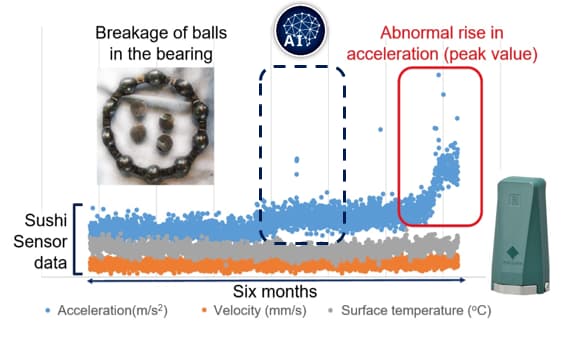
The anomaly detected by the Sushi Sensor during its installation in a chemical plant is marked in red, while what is achievable through predictive maintenance based on AI is outlined in blue.
Increase in productivity
These interesting features that allow a significant increase in productivity include:
- The “Future Pen” function for SMARTDAC + GX / GP data acquisition systems, which allows you to predict the progress of the data based on the historical acquired data
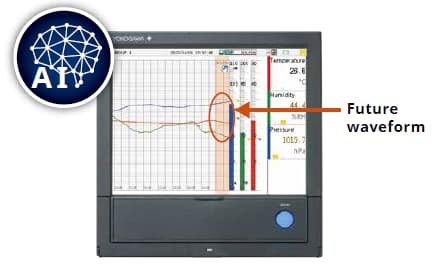
- Anomaly detection and analysis with artificial intelligence functions for the GA10 software, which now also has a special option for Sushi Sensor
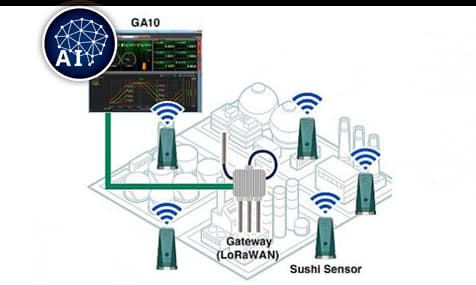
- Python language support for the e-RT3 industrial platform, an indispensable tool for the development of solutions based on artificial intelligence. E-RT3 is a “fan-less” solution which, thanks to its high number of I / O, ensures maximum scalability and flexibility.
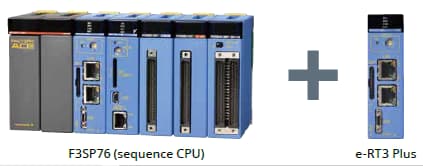
More information
Are you curious and would like to know more? Please download our AI Product Solution Book to see the new products. For personal support, please contact your local Yokogawa partner or contact us via the contact form.
